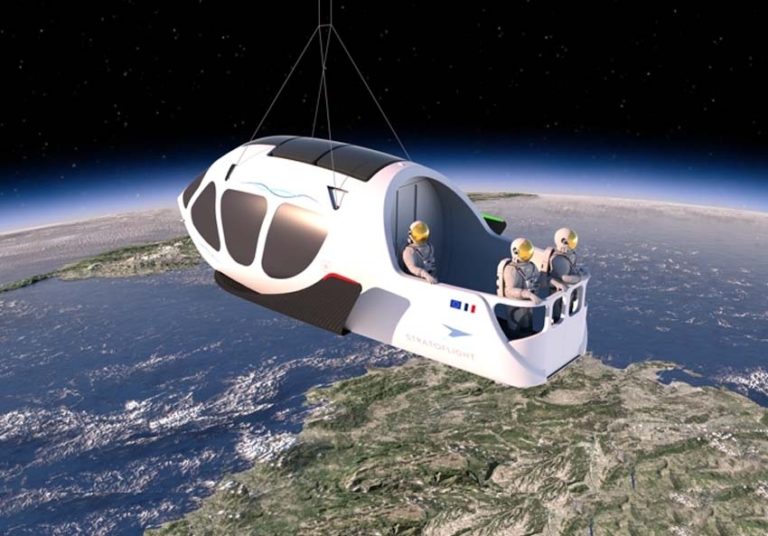As technology for space travel becomes more affordable and mainstream, entrepreneurs are accelerating the pace of new business models. They are using a variety of technologies including virtual reality to make space tourism more accessible and realistic for the general public.
Hittingchhiking a ride to Low Earth Orbit (LEO) may be just a few years away for the wealthy, thanks to reusable rockets and tourism-fitted spacecraft. But it will be expensive.
Augmented Reality
The idea of space tourism seemed like science fiction not too long ago, but it is now a real industry with many companies offering trips to the International Space Station. Some of these companies are privately funded, such as telecommunications entrepreneur Anousheh Ansari and video game creator Charles Simonyi, while others are publicly traded, such as SpaceX and Blue Origin.
These companies are mainly selling tickets to the super rich, but they are constantly working to reduce costs and make space travel available to a wider group of people. One of the biggest challenges is finding an efficient and reliable power source for a spacecraft. This is why electrical engineers are so important to this sector.
The first space tourists will likely take suborbital flights that reach an altitude of about 100 kilometers and give passengers a few minutes in space along with moments of weightlessness. Eventually, these companies will expand their offerings to orbital trips and even lunar excursions.
Virtual Reality
Virtual reality (VR) is a computer technology that allows users to experience simulated reality. Its origins date back to the early 1980s, when it was first used at NASA’s Jet Propulsion Laboratory. Several artists, including David Em and Jaron Lanier, created navigable VR worlds using Atari’s video game system.
The main goal of space tourism is enabling individuals to travel in outer space. The cost of such a trip is extremely high, with most companies charging millions of dollars for the privilege. However, three billionaires are leading the charge: Elon Musk’s SpaceX and Jeff Bezos’ Blue Origin.
Private space journeys are no longer a dream, but they remain extremely expensive and unattainable by the average person. This form of travel is also potentially harmful to the environment, as it releases chemicals into the atmosphere that can damage the ozone layer. Certain medical conditions, such as spinal deformities, claustrophobia or asthma, may disqualify people from space flight.
Space Flight Simulations
The idea of space tourism might sound like a concept that was invented in science fiction, but it is actually closer to reality than ever before. In recent years, a number of private space exploration companies have started offering commercial space travel to wealthy individuals.
Space flight simulations are an important part of the training process for future space tourists. They enable potential passengers to experience the weightlessness of space and the spectacular views of the planet below. These simulators are currently being used by Boeing to train its commercial crew astronauts for their missions aboard the Starliner.
One of the most exciting developments in this area is the development of private space flights by companies such as Virgin Galactic and XCOR Aerospace. These vehicles will take passengers into suborbital space, allowing them to see the curvature of Earth’s atmosphere and the stars above. They may even offer the chance to reach orbital space for a longer trip.
Space Tourism Training
With private space companies like Virgin Galactic, Blue Origin and others now offering a chance for everyday citizens to hitch rides into Low Earth Orbit (LEO), space travel has begun to feel less like a futuristic sci-fi fantasy. However, there are still many hurdles to overcome before space tourism becomes a reality.
One of the most important challenges is ensuring that potential tourists are prepared for the trip. This could include training them on the technical aspects of the space flight, but it may also mean psychological screenings and other preparation for a trip that may not always be easy.
Despite these concerns, there is no doubt that the pace of progress in this field is speeding up. With improved materials and reusable rocket engines already lowering production costs, it is possible that in the near future, flying to space will be as common as booking a flight from New York to London. This will allow scientists and astronauts to focus on more challenging scientific research and the public to get a taste of that final frontier.
